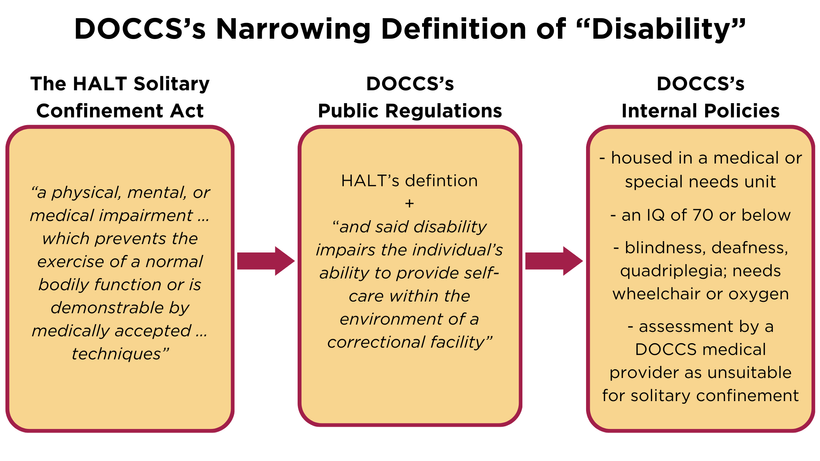Prisons Are Illegally Throwing People With Disabilities Into Solitary Confinement
Lawmakers banned solitary confinement for people with disabilities. But the state prison agency has crafted its own policies.

- State Prisons Are Routinely Violating New York’s Landmark Solitary Confinement Law
- Solitary by Another Name: How State Prisons Are Using ‘Therapeutic’ Units to Evade Reforms
- Lesser Infractions Aren’t Supposed to Land You in Solitary Confinement. They Do Anyway.
- New York’s Prison Chief Ordered Guards to Illegally Shackle People to Desks
- To Implement a New Law, Prisons Likely Broke Another
- Can Anyone Make New York Prisons Follow Solitary Confinement Law?
- Prison Department Writes Its Way Out of Following Solitary Confinement Law — Again
- A Law Hasn't Fixed Solitary Confinement in New York. Can a Lawsuit?
This article was published in partnership with the Albany Times Union.
This article was published in partnership with the Albany Times Union.

Correction: A previous version of this article stated that Governor Kathy Hochul signed halt into law. It was former Governor Andrew Cuomo.


